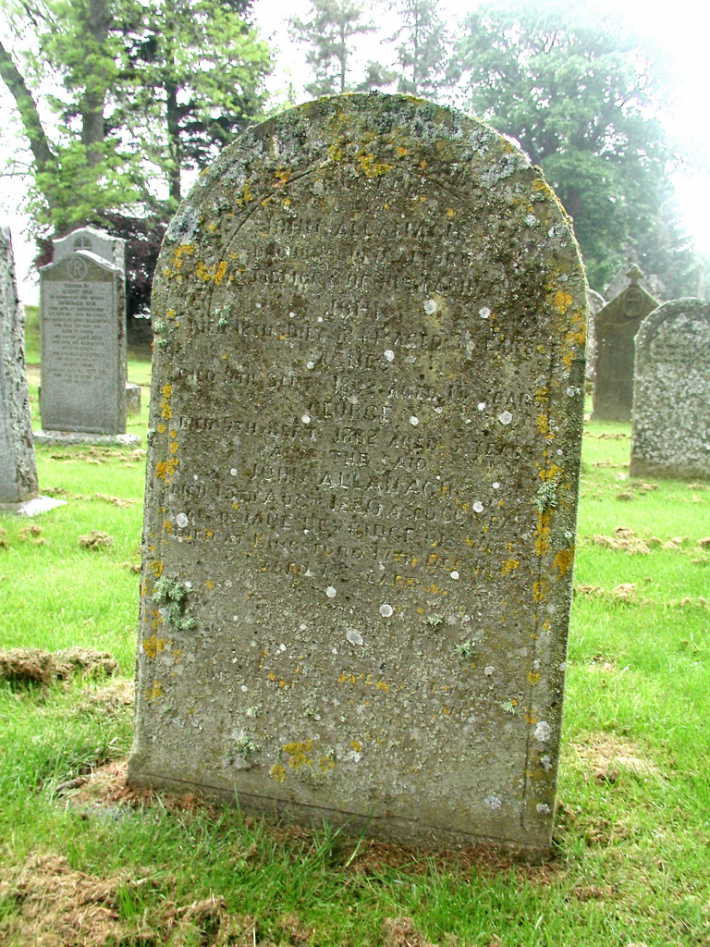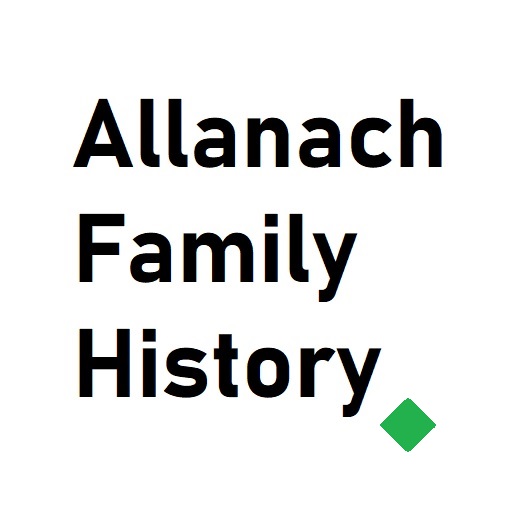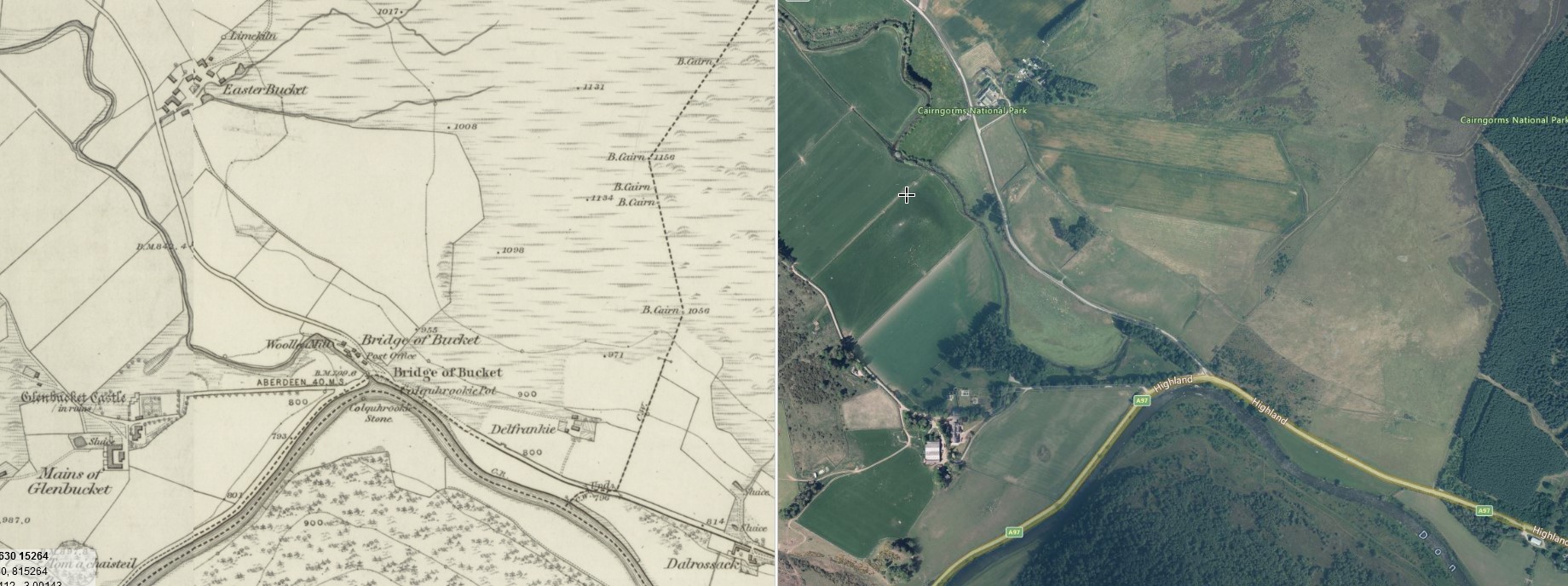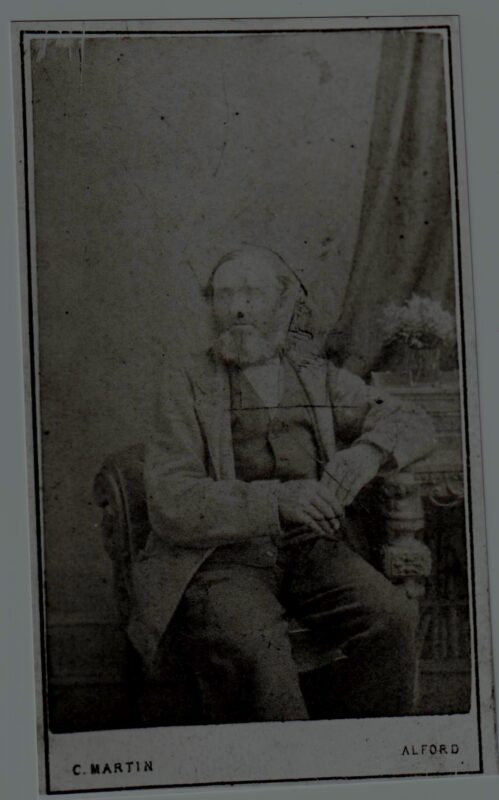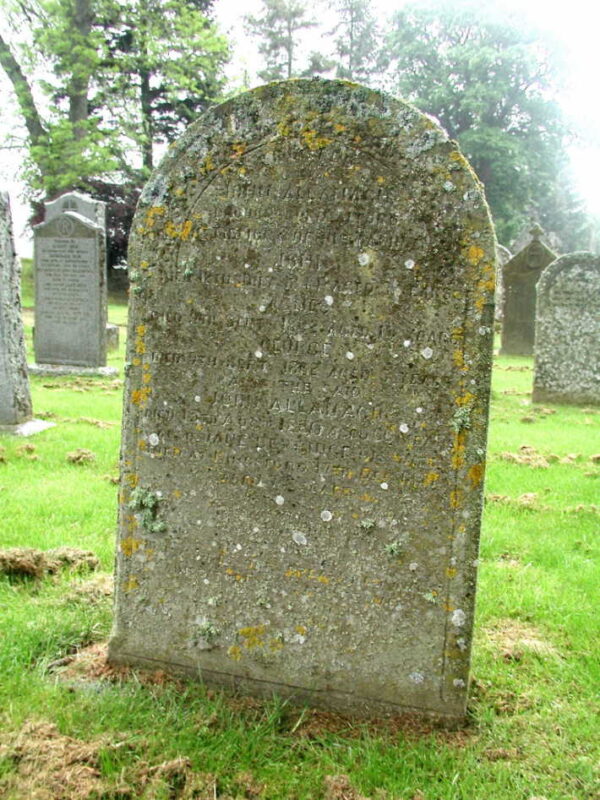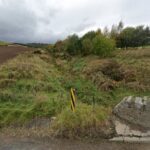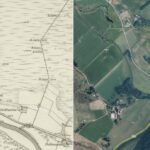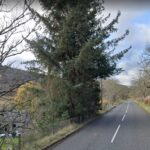John Allanach
John Allanach
Summary
Parents
- Father – James Allanach
- Mother – Isobel Rannie
Birth
John Allanach was born in 1814 in Strathdon, Aberdeenshire, to Isobel Rannie, age 26, and James Allanach, age 40.
Siblings
John had eight siblings :
- Penelope Allanach
- James Allanach
- Francis Garden Allanach
- Isabella Allanach
- Ann C Allanach
- George S Allanach
- Mary Jessie Allanach
- William Allanach
Marriage
John Allanach married Jean Beveridge, date unknown.
Children
John and Jean had eight children.
- John Allanach (born 1841)
- Agnes Allanach (born 1845)
- Francis Allanach (born 1845)
- James Allanach (born 1849)
- Alexander Allanach (born 1851)
- George Allanach (born 1857)
- Jean Allanach (born 1857)
- Penelope Allanach (born 1857)
Death
John Allanach died on 13 August 1880 when he was 66 years old.
Life Story
1814
John is born in Delrossac, Strathdon to parents James and Isabel on the 28th January 1814. Note that James uses the surname Stuart and not Allanach. 
1833
John enlists into the Gordon Highlanders. His service record confirms him to be 5ft8 and 3/4, with fair complexion, dark brown eyes and hazle eyes. The report states he is 17 and 8/12 of age but this might be inaccurate.

Report kindly given by the Gordon Highlanders Museum in response to a query about John’s service record.
“John Allanach was born at Strathdon, Aberdeenshire, on 9th March 1816 and worked as a labourer before enlisting into the 92nd Foot, more commonly known as the 92nd Gordon Highlanders at Huntly, Aberdeenshire, on 9th November 1833. His recorded age was seventeen years and eight months and his height as five feet and eight and one half inches (see below). The term of enlistment was for “unlimited service” which in reality usually meant twentyone years, if the man survived, with the prospect of a pension and his service record noted “worn out”. The 92nd was raised in 1794 and derived most of its recruits from the immense landholdings in the North and North East Scotland owned by the Duke of Gordon and his family. This was a time before infantry regiments were allocated a geographic recruiting area and consequently regimental depots were still a thing of the future. A recruit was trained by regimental depot companies which despite the name were itinerant in nature and frequently changed locality within the UK. Once trained, the soldier would be posted to the regiment’s service companies which constituted the regiment as we would suppose it to be. At the time of John’s enlistment and for the next four years, the depot companies were successively stationed at Glencorse (Edinburgh); Fort George; Perth; Londonderry; and Armagh. At each locality some local recruitment would undoubtedly have taken place. Depot companies would have been busy when the regiment was overseas, particularly in places such as the West Indies where the mortality rate and losses through sickness were exceptionally high. On 3rd April 1937, John was transferred to the service companies of the 92nd which was stationed in various locations in Malta. From all accounts it appears to have been a reasonably pleasant and healthy posting. He was promoted to corporal on 1st January 1839.
In January 1841 the 92nd was posted to the West Indies and arrived at Barbadoes on 4th April “after a stormy passage of three months”! The headquarters were located at St Vincent with detachments at St Lucia and Dominica. In August, yellow fever broke out at Dominica with the detachment being withdrawn to Barbadoes three months later. During that time, out of the two companies involved, say one hundred and fifty (all ranks), forty-six died! During the first twelve months the regiment lost eighty-one (all ranks) to the fever “ including Corporal Fraser, from Beauly, a perfect giant; said to be the tallest man in the army”. The regimental history makes no further mention for 1842. To return to the matter of height, I am attaching an extract from the regiment’s records containing the only mention of John Allanach covering the period 1826 to 1842. I did spend a considerable time reviewing the information given the link you gave in your enquiry but to no avail. I also tried to find a similar reference on FindMyPast but again without success. Today it seems somewhat improbable that he would have grown by fourteen inches over nine years from the age of nearly eighteen but there it is!”
Note – Whilst the dates tally, and we can discount other ‘known’ John Allanachs of this period being the John Allanach referred to in the military record above, I do still have a niggling doubt there is an as yet undocumented John Allanach. The reason for this is two-fold. Firstly, we do not know the exact date of discharge from the Army, but we do know that he made corporal on 1st January 1839. Returning to Scotland, and getting married and having a son all by 1841 would seem both possible but yet unlikely. Secondly, there is a reference to a John Allanach in the “Aberdeen Weekly Journal” vol 1 1908 from the queries page
“Masson.— About the end of the eighteenth century two brothers of the name of Masson, belonging to the Cromar district of Aberdeenshire, went abroad. Possessing energy and resource, they cquired wealth, and it is believed that the surviving brother died about 1845, leaving (probably to the Massons of Culorden farm, Cromar) heritable estate in the West Indies consisting of a plantation, and movable property running into tens of thousands.
Between 184-7 and 1851 notice of the death was received in Aberdeenshire, a relative in the
Strathdon district having had sent to ( him_ a (? “Gazette”) newspaper containing an “Heirs Wanted” notice, or such like.
A soldier of the Gordon Highlanders named John Allanach— well-known on account of his great height of 6ft. 10i inches— landed in Barbadoes on 4th April, 1841; obtained his discharge, by purchase, there in 1842, and after holding a civil appointment in Jamaica for about eleven years, returned to Scotland and confirmed the death of Mr Masson, whom he had met personally in the West Indies.
I should feel much obliged if anyone could give me corroboration of all or a few of the facts, or inform me how to get a copy of the ” Gazette,” or other newspaper containing the notice of Mr Masson’s death.”
It seems from the above that genealogy has long been a favourite pastime!
However, it does seem to indicate that a ‘John Allanach’, returned from Barbados in 1841. From the above correspondence with the Gordon Highlander Museum, they could find no other reference to a John Allanach, especially one of such great height.
Perhaps, the names have been confused and the ‘John’ is actually ‘William’ or ‘Alexander’ who we know were serving in Jamaica in the militia there
As such, my ‘best’ conclusion, is that the above is John, that he returned home around 1840-1, and that he was not 6ft10 but is being confused with either another Allanach , or another soldier.
1841
John is living in Craignagour with mother Isabel (50), wife(?) Jean (20), brothers Francis and William, sister Mary , and Jean and John’s first son John aged five months.
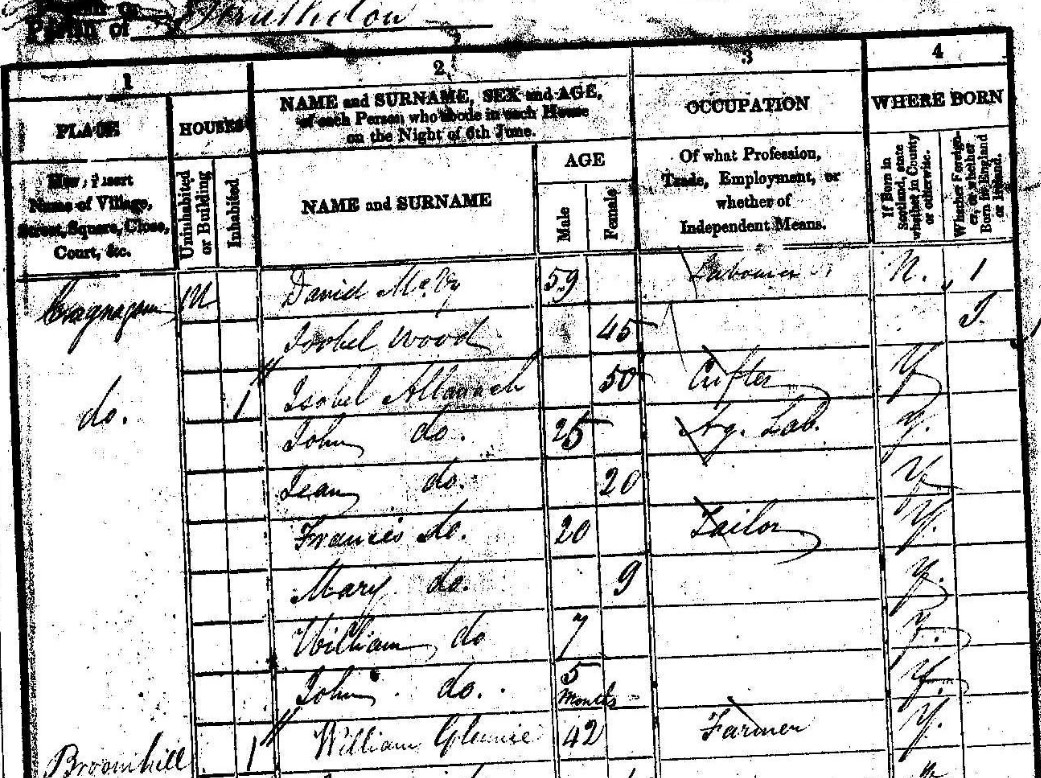
1843
John is living in Craigengour and has a daughter with wife Jean, a daughter named Agnes (extract from OP Register Strathdon and Corgarff p93 of 179). Note this states ‘first child’ but on John’s headstone, another ‘John Allanach’ is stated as being buried with him, having died in 1844 at the age of three.

1844
Amazon hasn’t quite reached Strathdon in 1844! As such this notice in the Aberdeen Journal from 1st May 1844 asks him to pick up his post!

1848
John is living in Craigengower and has a third child with wife Jean, a son named James (extract from OP Register Strathdon and Corgarff ( p114 of 179)
1849
John features in the Aberdeen Journal, 14 March 1849, after he has been asked to judge a ploughing match in Strathdon.

1851
John resides at Dykehead, Alford with wife Jean (Jane), daughter Agnes, son Francis, son James, mother Isabel and a newborn son.
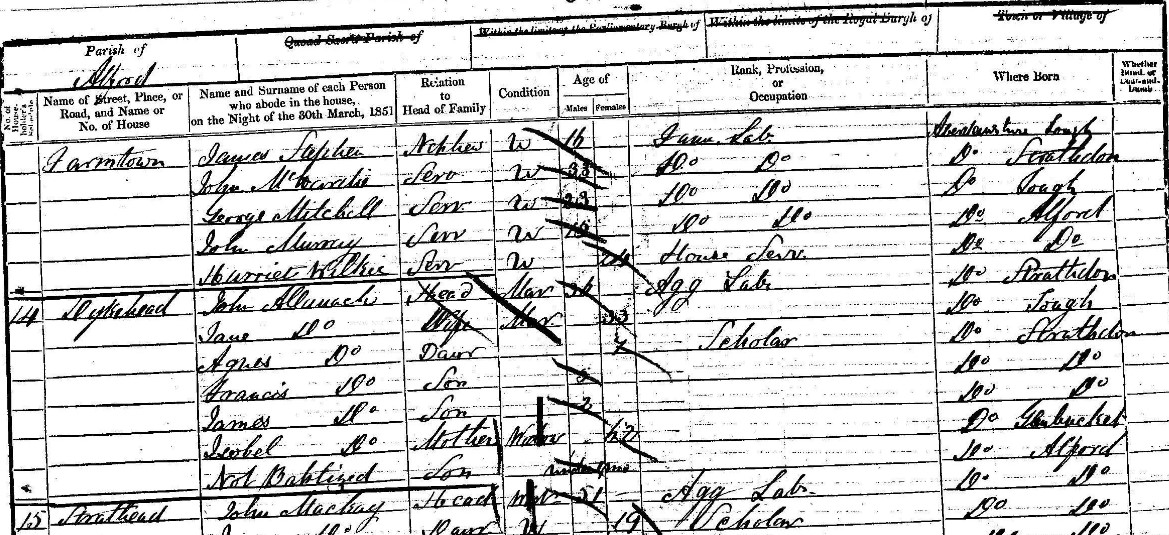
1861
John resides at Borrowston Brae in Alford with wife Jean, daughter Agnes (17), son Francis (15), son James (12), son Alexander (10) and daughter Jean (4)

1871
John resides at Droughsburn with wife Jean, daughter Penelope (9), and granddaughter Isabella (4). Neighbour Helen Farris (68) is a ‘stocking knitter).

Interesting to note is that famous botanist John Duncan is a boarder. You can read more about John here at the Royal Botanic Garden Edinburgh’s website. There is also a biography of John written by friend William Jolly shortly after he died in 1883. It contains numerous references to John Allanach and his family and gives us fascinating glimpses into their daily lives, much more than anyone would expect for simple tenant farmers from the 1800s. This source gives a rather bad impression of John Allanach in terms of character but perhaps need to be balanced with the fact that his family might have taken a different, less harsh view.
”The Allanachs were highly respectable, well-conducted, hard-working people. They brought up a large family with credit, and were exemplary in their religious duties, holding worship nightly at home and going regularly to church every Sunday.
Mr. Allanach was what would now be called a contractor, employing others in the jobs he undertook connected with all kinds of country work, such as harvesting, draining and the like. His self-esteem was considerable, and he wished laudably to achieve as good a social position as he could, which his want of financial success greatly prevented. His style was what his neighbours thought high, and it subjected him to consequent criticism. He was considerably inclined to look down upon his simple tenant, the weaver. For John’s habits and studies, he had not the smallest predilection, and he did not take any pains to try to understand the man. The result was that, though they sat at the same table and lived in such close connection, their relations were never very cordial. In Allanach‘s presence, John’s retiring nature, which was all his life keenly sensitive to chilliness and contempt and only opened out under friendly warmth, was effectually frozen up. At best, there reigned between them a slumbering armed neutrality.
”Four miles from Alford, where abridge crosses a stream and a house stands by the highway, a clump of trees may be observed on the right, almost hiding from view the cottages they protect. These cottages, which are discovered chiefly by their blue curling smoke, are known as Droughsburn, [Pronounced Drochs’-burn, with the guttural ch. The name is also written and pronounced Droichs’-burn. It is also locally called Dreesh’-burn.] from the little stream that drains the hollow in which they stand. They are approached by an unfrequented path skirting the rivulet, which is almost hidden by tall grass, wild mint, and luxuriant watercress. An upward walk of half a mile brings you to a garden enclosed by a dike, and overhung by numerous great willows and rowan trees. Behind the garden appears a long thatched cottage, with a smaller one beyond, standing amid the corn. The little glen soon closes in to the left, and a low hill rises. behind crowned with broom and whin. The cottages thus nestle in a tranquil little nook, in solitary but happy seclusion, away from the great world without, overarched by the blue sky, clasped by the friendly hills, and turned to the sunny south—the very home and congenial retreat of a lover of nature and flowers.
The first door in the larger cottage was the entrance to the house of a crofter; a second opened on a weaver’s workshop; a third led into a barn ; and the last into a byre, with the crofter’s cows. On entering the shop by the low door, beneath which you had to stoop, you found yourself in a little room crowded with two large looms, a wheel, a winding machine, and other appurtenances of the weaving craft. It was very dimly lighted by three little windows in the front and one behind, which were obscured by the dust of the loom and the webs of busy spiders.
This small workroom was Duncan’s home for nigh thirty years, till he was borne to his .last resting-place in the churchyard at Alford.”
Side by side against 1800s OS map. Both Droichsbridge and Droichsburn have disappeared as settled places and from modern maps. 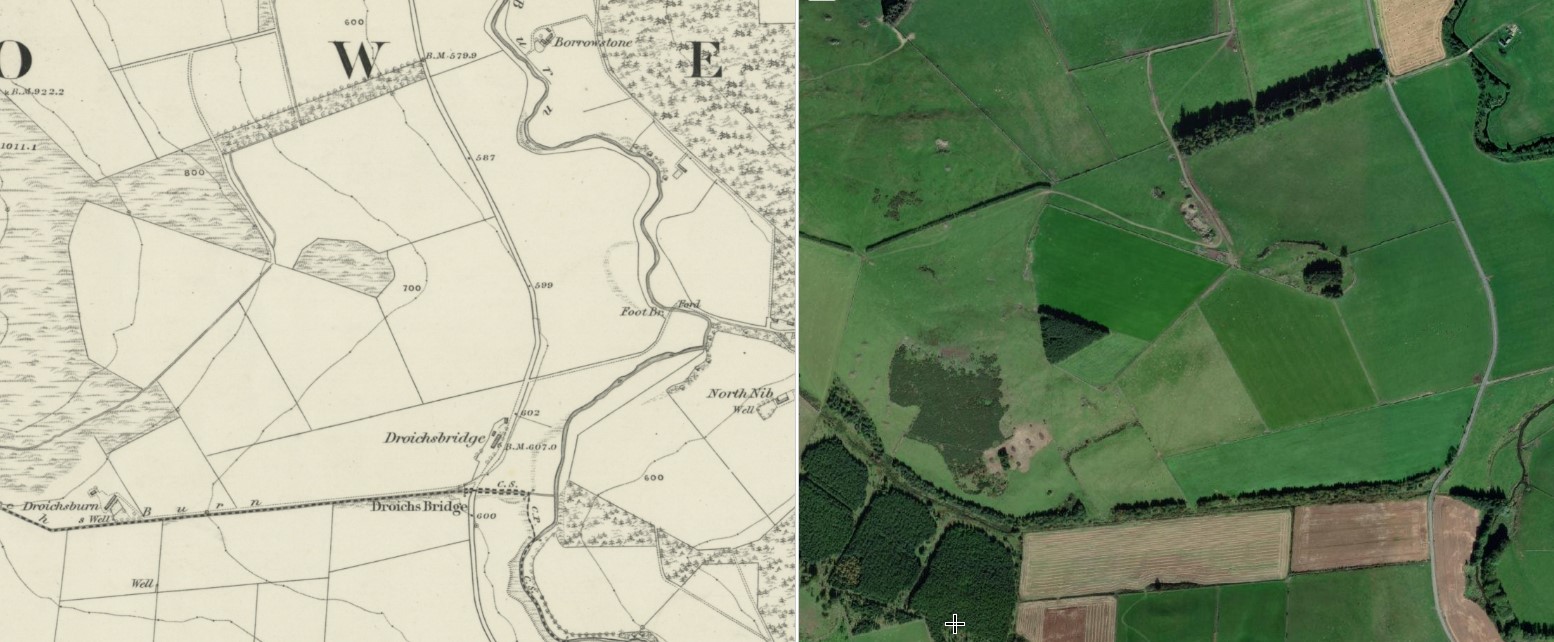
Modern map of area – note the burn is mentioned but the settlement of Droichsburn has gone.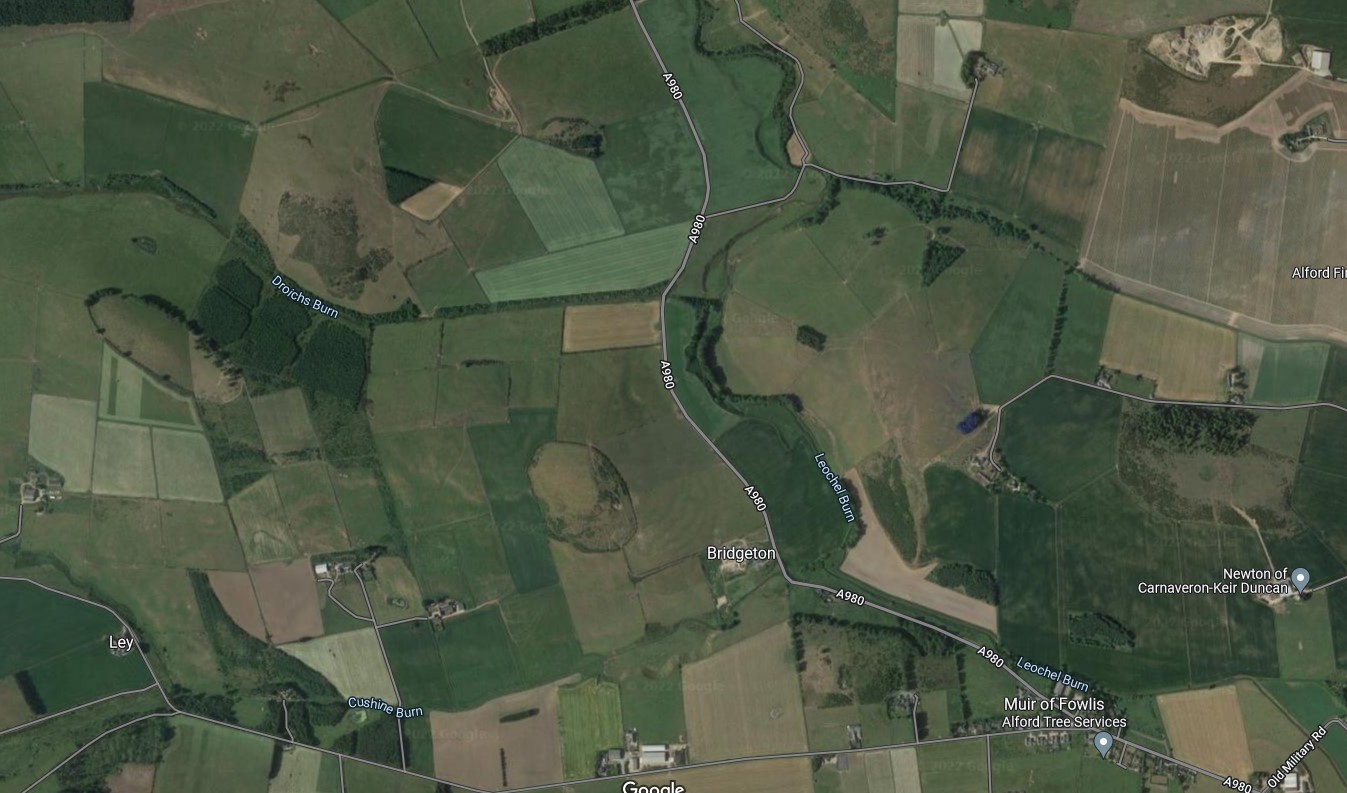
The road at Droichsbridge today (Droichsburn to right).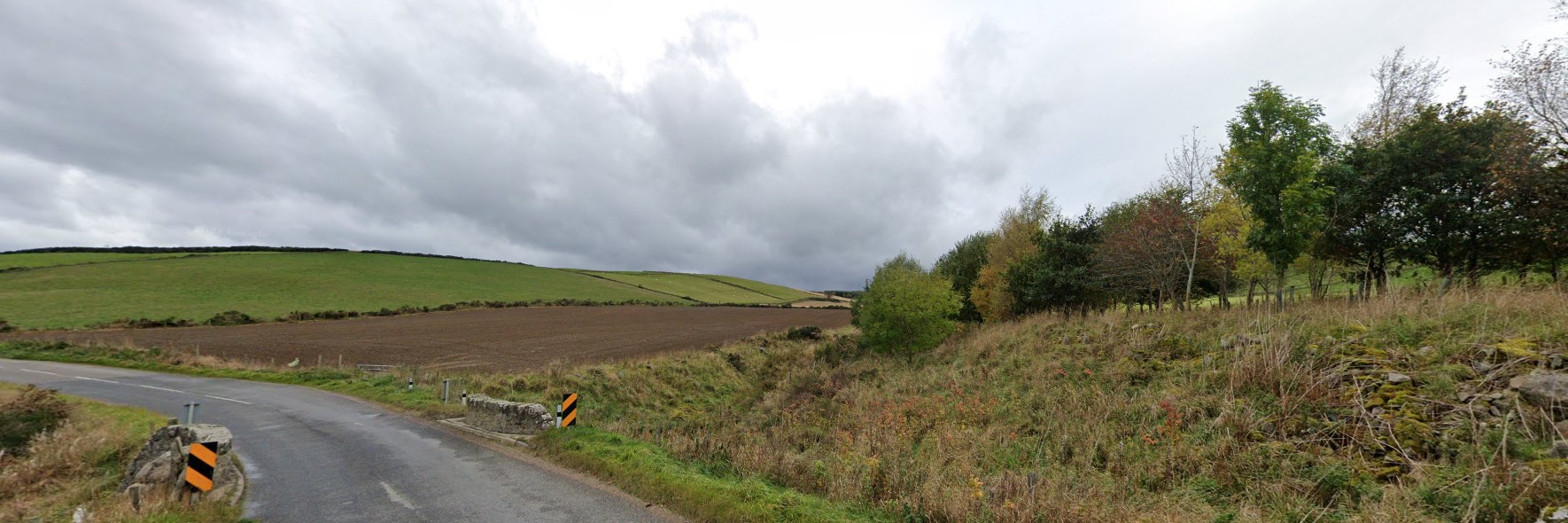
The view up Droichsburn from Droichsbridge.
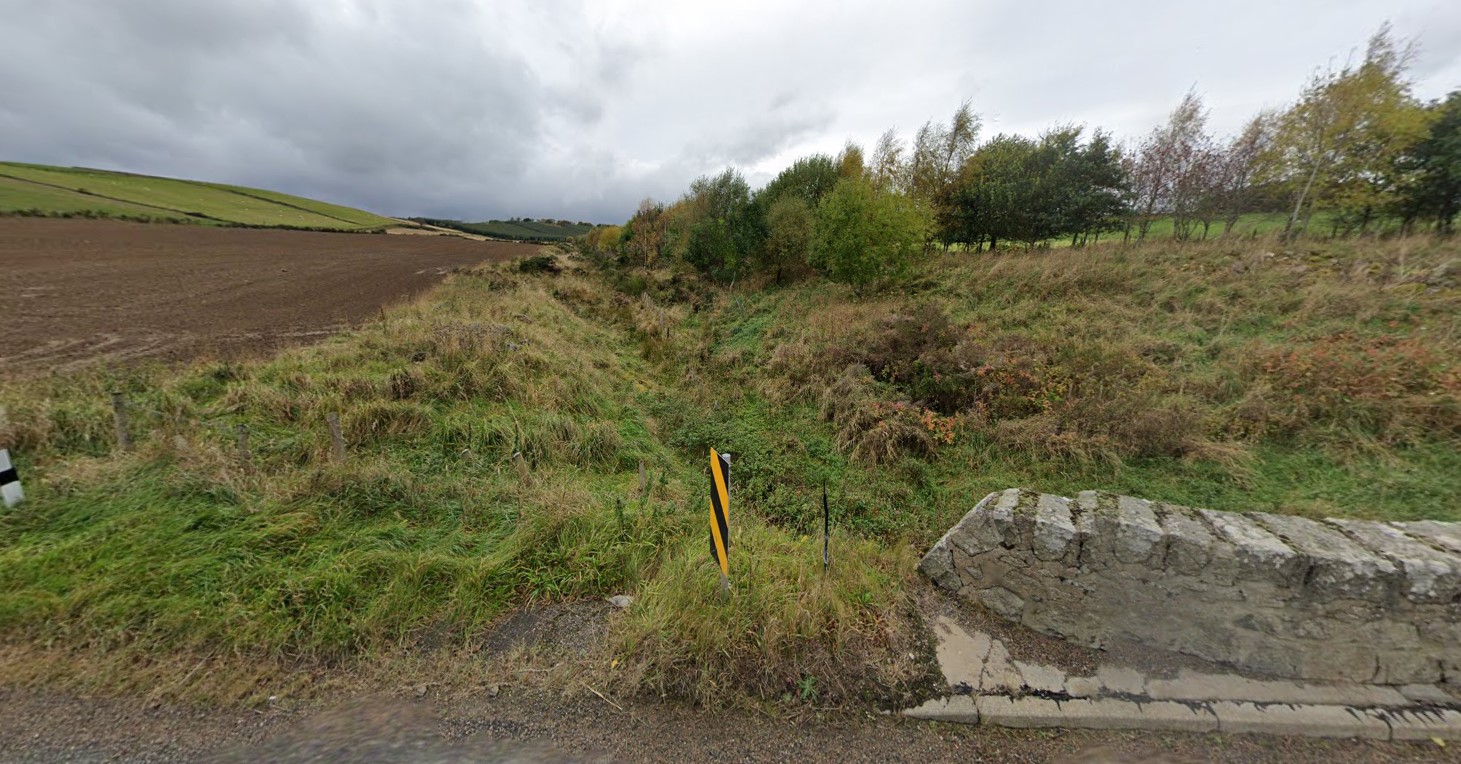
1880
John is mentioned in the Alford Parochial Minutes Board. It states that a James Soutter Robertson has been ‘removed to John Allanach’ and that the father ‘A Soutter of Cults to continue paying’.l

I have found a James Soutter in this period born illigitimate in February 1878 in Peterhead, Aberdeenshire. Note that the witness is a ‘Robertson’ (I can’t make out the first name) which might indicate the Father was present when James was born. I cannot however find any link between the Allanachs and Helen Soutter. Perhaps James was taken in as a 19th century form of fostering?

To add to the mystery, John’s sister Jean (Jane) married John Taylor and gave birth to an Andrew ‘Soutter’ Taylor in March 1878. Again I can find no connection to a Soutter in the wider families, other than the fostering of James.

The likely marriage record in 1904 for James Souter deepens the mystery with Alexander Souter stated as ‘refuted father’ and ‘Jane Robertson’ as Mother.
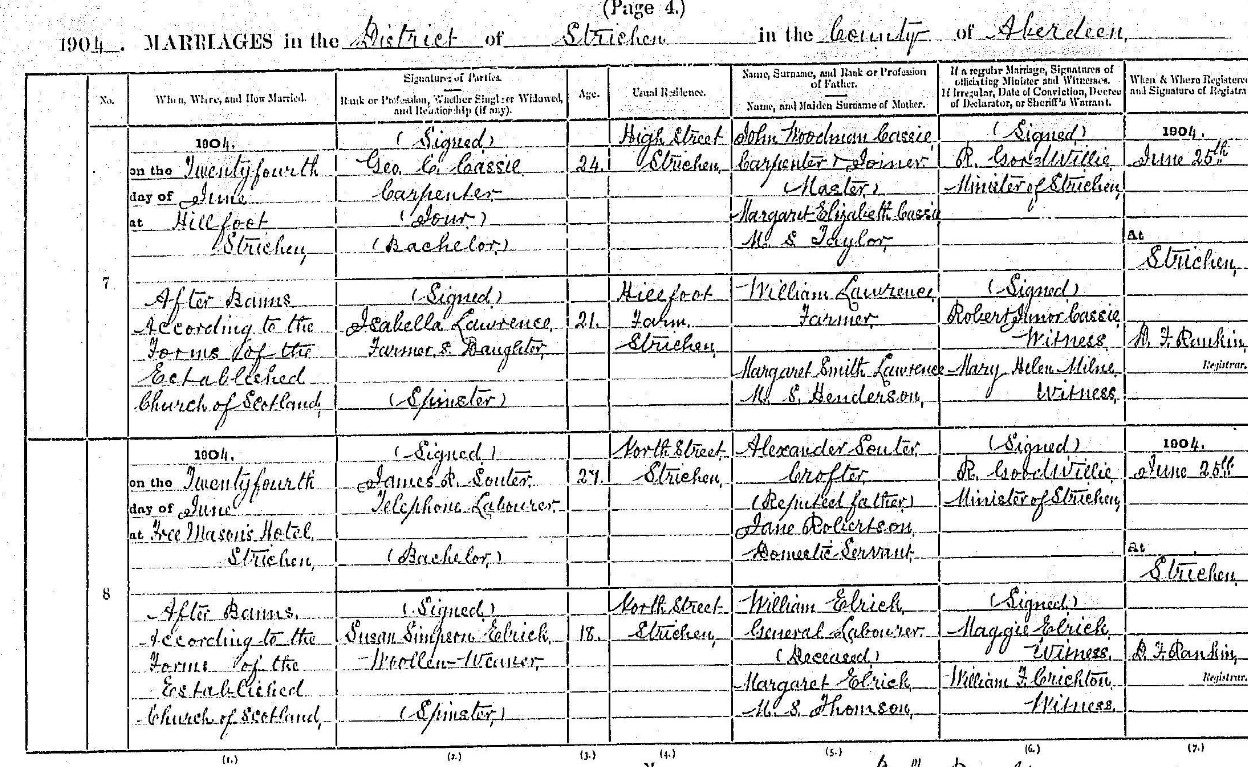
I could only find one Sout(t)er Robertson in the Scottish death records – shown below for Aberdeen in 1952, which would seem to be a match for James given the area and age. It does however name the Mother as Jane Robertson (Helen Soutter stated on birth record) and no father is stated.

1880
John dies in 1880 at his home in Droughsburn (Drochsburn).

John is buried at Alford Kirkyard.
